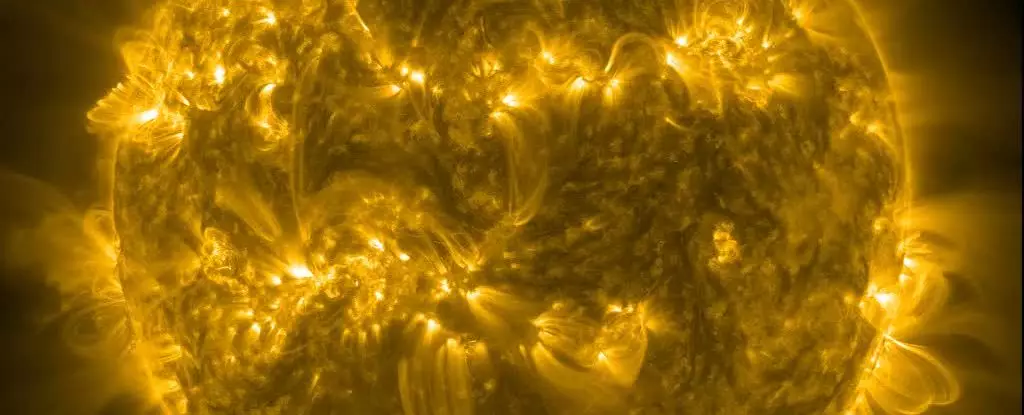The Sun’s activity is a complex and multi-rhythmic phenomenon that varies according to different periodicities. While many driving factors remain unknown, recent research has suggested a potential link between the Sun’s activity cycles and the gravitational influence of the planets in our Solar System. This article delves into the findings that point towards the impact of Venus, Earth, and Jupiter on the Sun’s activity cycles.
Roughly every 11 years, the Sun experiences fluctuations in its activity levels, transitioning from solar minimum to solar maximum. During solar minimum, the Sun displays the least activity, while it gradually intensifies over the following years, leading to an increase in sunspots, solar flares, and other phenomena. This cycle, known as the Schwabe cycle, culminates in solar maximum. The Sun’s poles also undergo polarity reversals during this cycle, with activity subsiding gradually until the next solar minimum.
Researchers have suggested that the alignment of Venus, Earth, and Jupiter every 11.07 years could have a gravitational impact on the Sun during solar minimum. While this effect is relatively weak, it is believed to synchronize the Sun’s internal dynamo with regular cycles. Recent discoveries of giant vortical waves in the Sun, similar to Earth’s Rossby waves, have provided further evidence for this planetary influence. Mathematical modeling has shown that these planetary alignments can replicate both the Schwabe cycles and shorter Rieger cycles in solar activity.
Link to Rossby Waves
The newly discovered Rossby waves in the Sun are believed to play a crucial role in transferring energy to synchronize the solar dynamo. These waves are activated by the gravitational pull of planetary alignments, particularly those of Venus, Earth, and Jupiter. The researchers’ models have also shown a correlation between the Suess-de Vries cycle, which occurs approximately every 193 years, and the alignment of the Sun’s periodic motion with the Solar System’s center of gravity.
While the Sun’s activity is primarily internally driven, external influences, such as planetary alignments, may play a role in shaping its activity cycles. The findings presented in this article highlight the intricate relationship between the Sun and the planets in our Solar System. Further research is needed to fully understand the extent of this planetary influence on the Sun’s behavior.
The study of the Sun’s activity cycles reveals a fascinating interplay between internal and external factors. The connection between planetary alignments and solar cycles opens up new avenues for research and exploration in the field of solar physics. As we continue to unravel the mysteries of our star, the influence of the planets stands out as a significant factor in shaping the Sun’s behavior.


Leave a Reply